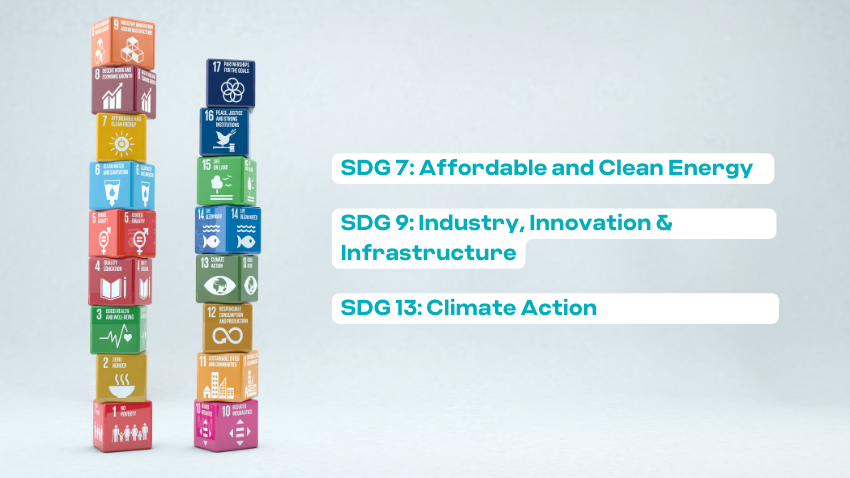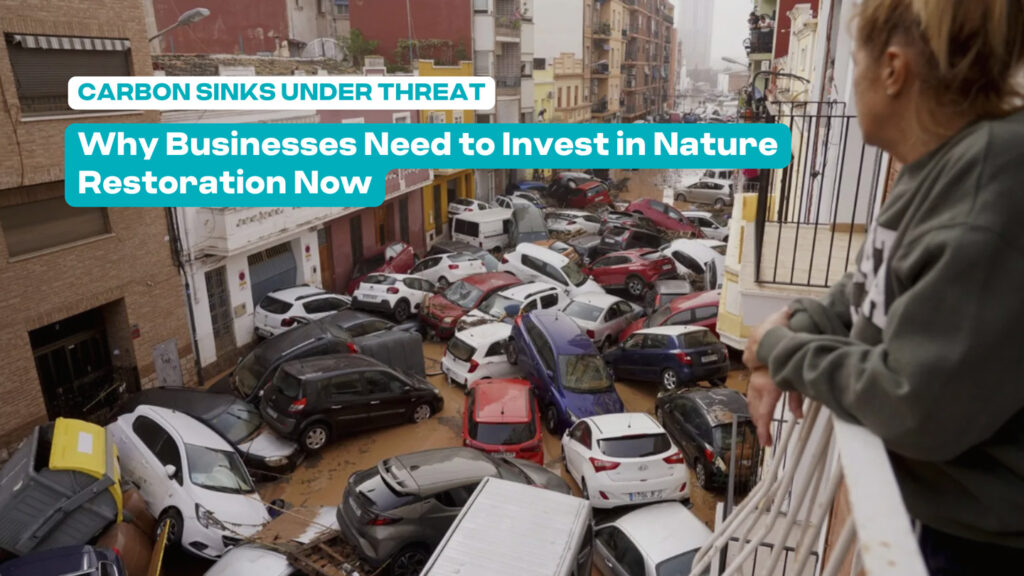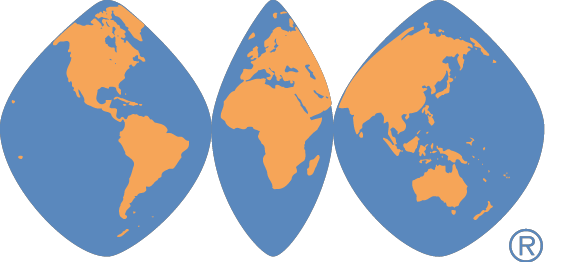In an era where the urgency to combat climate change has reached unprecedented heights, carbon credits have emerged as a powerful tool to tackle greenhouse gas emissions. I wanted to look into the importance of carbon credits, highlighting how they can prevent emerging nations from becoming major emitters like the Western world, facilitate the transfer of wealth and technology to foster sustainable development, contribute to specific United Nations Sustainable Development Goals (SDGs), and provide a realistic means to offset CO2 emissions in the absence of comprehensive carbon neutrality technologies.
Preventing Emerging Nations from Becoming Major Emitters
One of the most significant benefits of carbon credits lies in their ability to prevent emerging nations from following in the footsteps of the Western world’s reliance on cheap fossil fuels for energy. By encouraging investment in emission reduction projects in these countries, carbon credits help them leapfrog the fossil fuel-intensive phase of development and transition directly to cleaner and more sustainable energy sources. This approach safeguards the environment and spurs the growth of renewable energy sectors in these nations, positioning them as leaders in the green energy revolution.
Transferring Wealth and Technology to Foster Sustainable Development
Carbon credits facilitate the transfer of wealth and technology from developed nations to developing ones, paving the way for these countries to become the new “Middle East” of green energy. By supporting sustainable development projects in developing nations, carbon credits enable the transfer of cutting-edge technologies and expertise that promote renewable energy, energy efficiency, and carbon emissions reductions. This not only addresses climate change but also contributes to economic growth, job creation, and the advancement of local communities.
Advancing United Nations Sustainable Development Goals
Carbon credits play a vital role in achieving several United Nations Sustainable Development Goals. They align closely with SDG 7 (Affordable and Clean Energy) by promoting the adoption of renewable energy sources and enhancing energy access in underserved areas. Additionally, carbon credits contribute to SDG 9 (Industry, Innovation, and Infrastructure) by driving the transfer of innovative technologies and sustainable industrial practices to developing nations, fostering inclusive and sustainable industrialization. Moreover, they support SDG 13 (Climate Action) by facilitating emission reductions and encouraging global collaboration to combat climate change.

Realistically Offsetting CO2 Emissions
In the absence of comprehensive carbon neutrality technologies, carbon credits provide a practical and effective means to offset CO2 emissions. While striving for carbon neutrality is essential, certain industries and sectors may face significant challenges in achieving it due to technological limitations or economic constraints. Carbon credits offer a viable solution by enabling these entities to invest in emission reduction projects elsewhere, effectively neutralizing their carbon footprints. This approach promotes accountability and tangible emission reductions while creating a global network of climate action.
Carbon credits represent a crucial and valuable tool in the fight against climate change. By preventing emerging nations from becoming major emitters, facilitating wealth and technology transfer for sustainable development, aligning with UN SDGs, and providing a realistic path to offset CO2 emissions, carbon credits empower countries and organisations to take action today. Embracing carbon credits not only contributes to a more sustainable and equitable future but also paves the way for a global transformation towards a low-carbon economy.
References:
- United Nations Sustainable Development Goals: https://sdgs.un.org/
- World Bank Carbon Pricing Dashboard: https://carbonpricingdashboard.worldbank.org/
- United Nations Framework Convention on Climate Change (UNFCCC): https://unfccc.int/
- “Carbon Offsetting: A Path to Global Emissions Reduction” – World Resources Institute: https://www.wri.org/insights/carbon-offsetting-path-global-emissions-reduction




